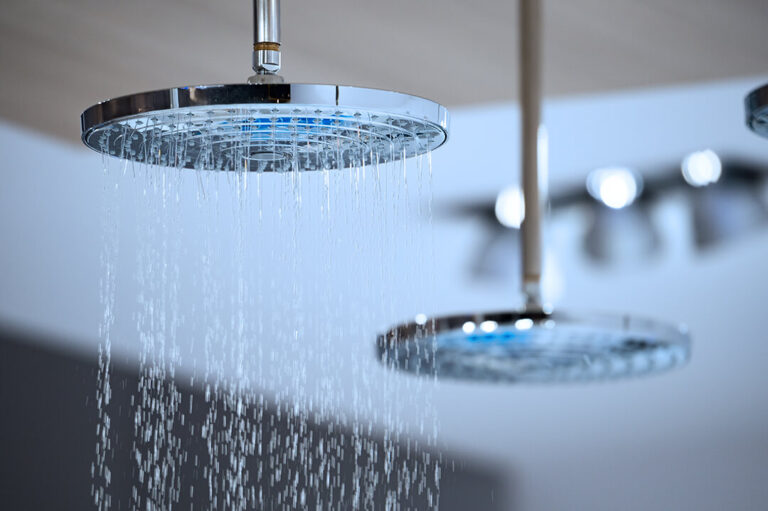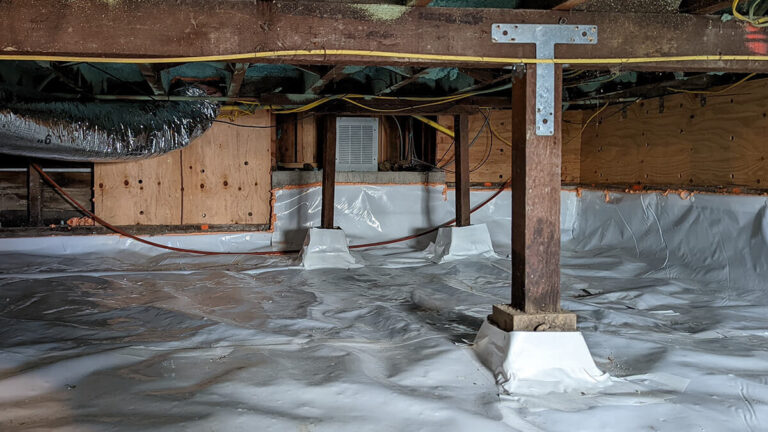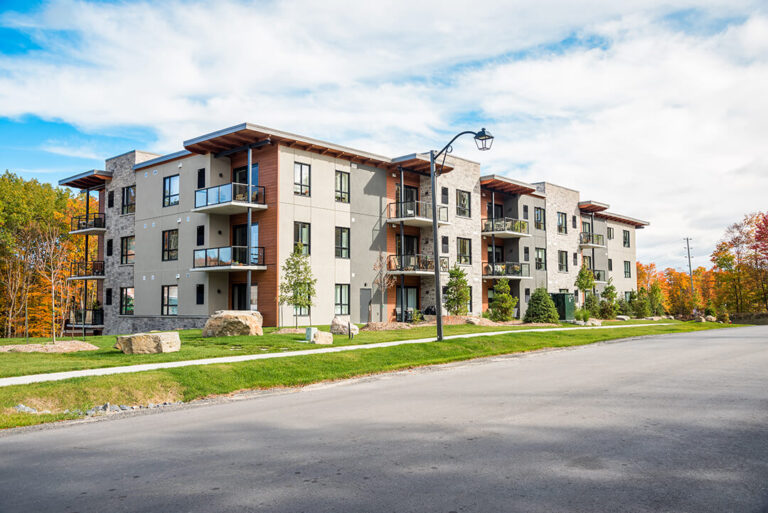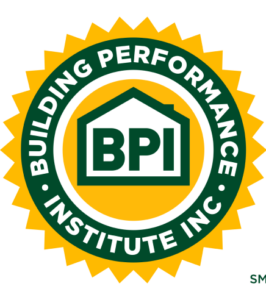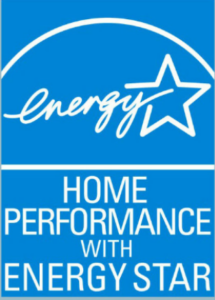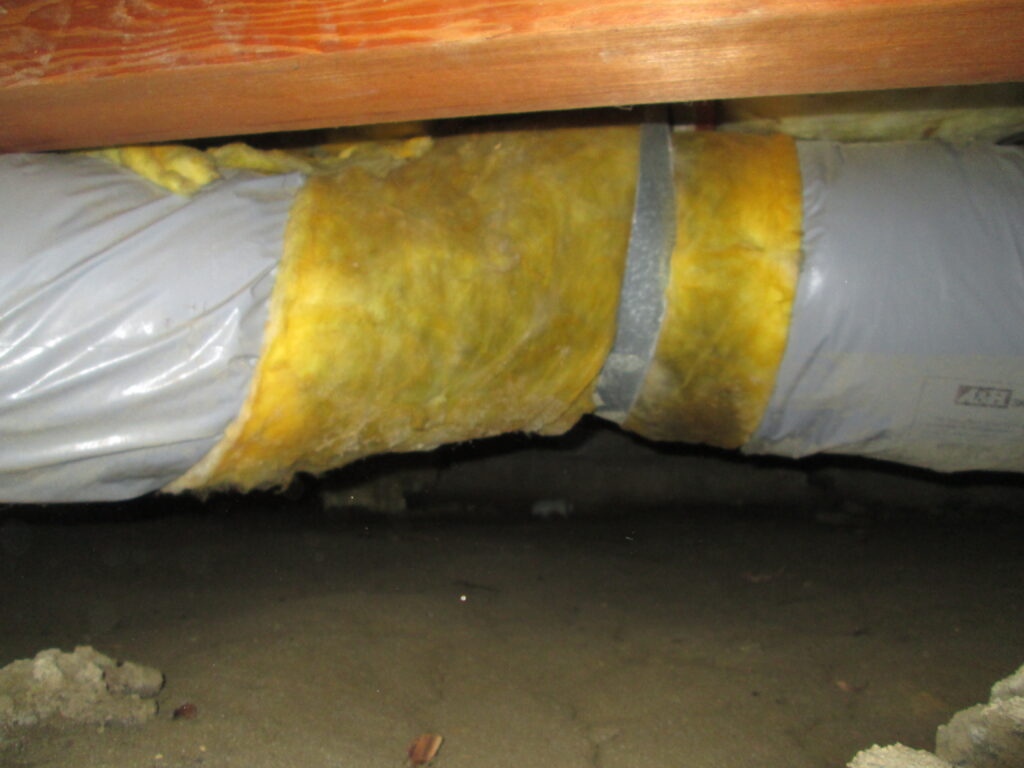
What is Duct Leakage?
Duct leakage can be defined as a percentage, or a surface area value. The percentage rating is determined by the ratio of a home’s calculated leakage rate vs its air handler flow rate. The surface area value is useful for visualizing the total area that is leaking, and estimating the amount of work needed to fix it.
Duct Leakage Standards
When a HVAC contractor replaces a furnace or air conditioner, the duct system must be tested (with a few exceptions based on climate, building size, local city requirements or lack thereof, and the presence of asbestos). If the test results show 15% or higher leakage, the ducts must be repaired until the standard is met. Afterwards, a third party HERS rater (Home Energy Rating Systems) will check that the duct sealing and testing was done properly, and that the leakage is in fact 15% or lower.
In the case where an HVAC or Home Performance contractor is installing a new duct system and new furnace, the duct leakage must be sealed to 6% or lower. Again, a 3rd Party HERS rating is required to verify this.
BEWARE….if an HVAC contractor is not acquiring a permit for this work, it may be because they do not want to put in the time to get the ducts sealed up to the 15% or 6% standards. This happens all too often. A HERS rating is only required to pass the final city or municipal inspection so that the inspector can sign the final permit. Always find someone who is on the level, is pulling permits for their work, and is confident in their ability to seal a duct system.
Average Duct Leakage in California
Independent research has estimated that the average California home has 30% duct leakage. This is a somewhat alarming number, particularly since heating/air conditioning is the #1 use of energy in the state, and 30% of that energy is being wasted, right off the bat.
The new standards for duct leakage (see above) have been in place since 2005, so we should see continued improvement. But in the end, 15% leakage is still a huge efficiency loss. There’s no reason why we can’t achieve much better numbers than that.
At Eco Performance Builders, our average duct leakage after a retrofit is under 1%. In fact, most of the time we get it down so low that the pressure duct blaster test equipment and manometer can’t detect it at all. Because of our company and similar conscientious companies, the energy conservatory (the nationwide distributor of energy testing equipment) is creating modified versions of the equipment to be able to quantitatively test for such low levels of leakage. This modification is called a ring 4. We just got one of the first ones for being in the club and we are excited to use it! They only made around 20 nationwide.
Why and where are my ducts leaking?
When a homeowner pays for the install of a new duct system, or has been told by an inspector that the ducts look new, we notice that they often think that this means their ducts are well sealed. This is simply never the case. If care and time isn’t taken to install them, seal every bit and piece of the system as it is being installed, then the duct system will leak. Usually quite a lot. We test an average of 25% leakage for brand new systems. “But I saw the HVAC guys use tape to seal the ducts” is what the homeowner tells me quite often. Tape, even if it’s approved UL181 duct tape, is not effective for eliminating leakage. It also wears off over time as it is frequently applied to a dusty surface or just loses it’s “stick”. Duct mastic paste is the only way to seal a duct system completely. But even this mastic is only as useful as the technician applying it is skilled. Without it, a duct system will leakage various amounts at every duct connection. Usually there is ample leakage around the furnace/air handler as well.
If there is a leak in a supply duct, conditioned air is being pushed out into the crawlspace/attic (or wherever the duct is located). If there is a leak in a return air duct, then air is being pulled INTO the duct system from wherever the return duct is (attic and crawlspace air is not good to breathe). However, when the system is off (most of the year), then these duct leaks are passive leaks directly into the home.

Duct Leakage Tests
A calibrated Duct Blaster test can be used to find the total duct leakage as a % of all the airflow that your system fan produces. You learn that from all the air that you are paying to heat/cool, this % of air is leaking out and being wasted.
Duct Blaster pressure tests can also be used to find the leakage in specific rooms. The general idea is to create airflow, isolate a “register” (such as a vent) by sealing off all other registers, and measure the pressure created by the airflow. The more pressure, the tighter the duct system.
What’s the First Step?
The importance of the below message cannot be stressed enough, So I will highlight it in red:
Be aware that duct leakage is one small piece of the puzzle. Proper duct sizing, type, and layout, and especially furnace/AC sizing, are all essential to comfort and efficiency.
If you want to get your ducts checked out, the best thing to do is schedule an energy assessment (aka energy audit). Call (925) 363-4498 or e-mail info@epbuilders.com to speak to a technician. In one trip, we will test your ducts and perform a variety of other tests relevant to home efficiency and performance. For details on what the energy audit includes, check out our energy audit page.




